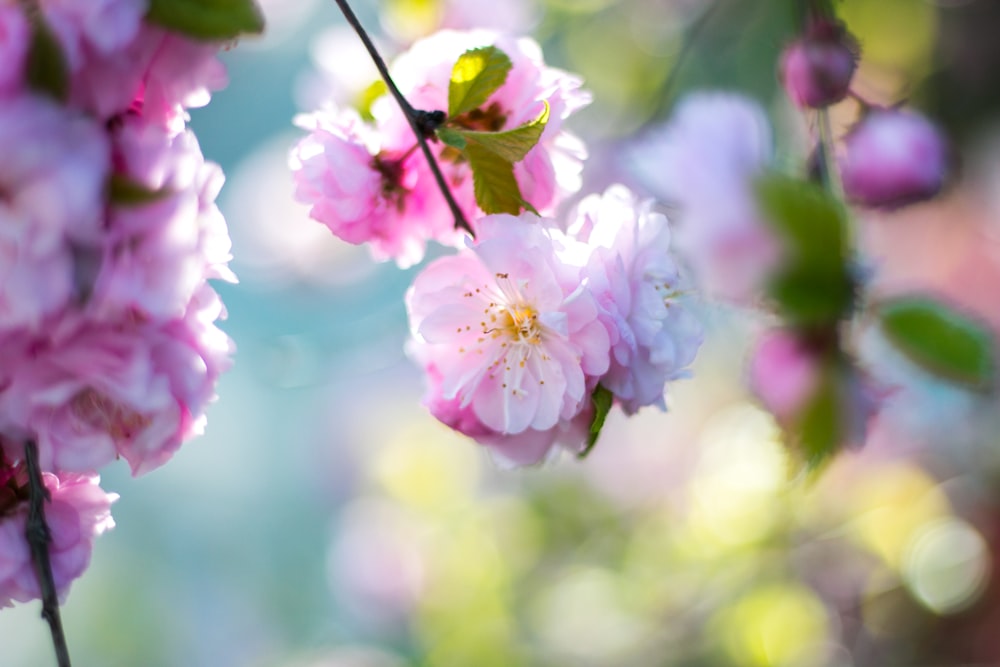BLOSSOM
Google Image
In botany,
blossoms are the flowers of stone fruit trees (genus Prunus) and of some other
plants with a similar appearance that flower profusely for a period of time in
spring. Colloquially, flowers of orange are referred to as such as well. Peach
blossoms (including nectarine), most cherry blossoms, and some almond blossoms
are usually pink. Plum
blossoms, apple blossoms, orange blossoms, some cherry
blossoms, and most almond blossoms are white.
Google Image
Blossoms provide pollen to
pollinators such as bees, and initiate cross-pollination necessary for the
trees to reproduce by producing fruit. Blossom trees have a tendency to lose
their flower petals in wind-blown cascades, often covering the surrounding
ground in petals. This attribute tends to distinguish blossom trees from other
flowering trees.
Google Image
In the
ancient herbals the crab apple was used as treatment for boils, abscesses,
splinters, wounds, coughs, colds and a host of other ailments ranging from acne
to kidney ailments. Many dishes made with apples and apple blossom are of
medieval origin. In the spring, monks and physicians would gather the blossoms
and preserve them in vinegar for drawing poultices and for bee stings and other
insect bites. Descending from China and south east Asia, the earliest orange
species moved westwards via the trade routes. In 17th century Italy peach
blossoms were made into a poultice for bruises, rashes, eczema, grazes and
stings. In ancient Greek medicine plum blossoms were used to treat bleeding
gums, mouth ulcers and tighten loose teeth. Plum blossoms mixed with sage
leaves and flowers were used in plum wine or plum brandy as a mouthwash to
soothe sore throats and mouth ailments and sweeten bad breath.
Google Image




No comments:
Post a Comment